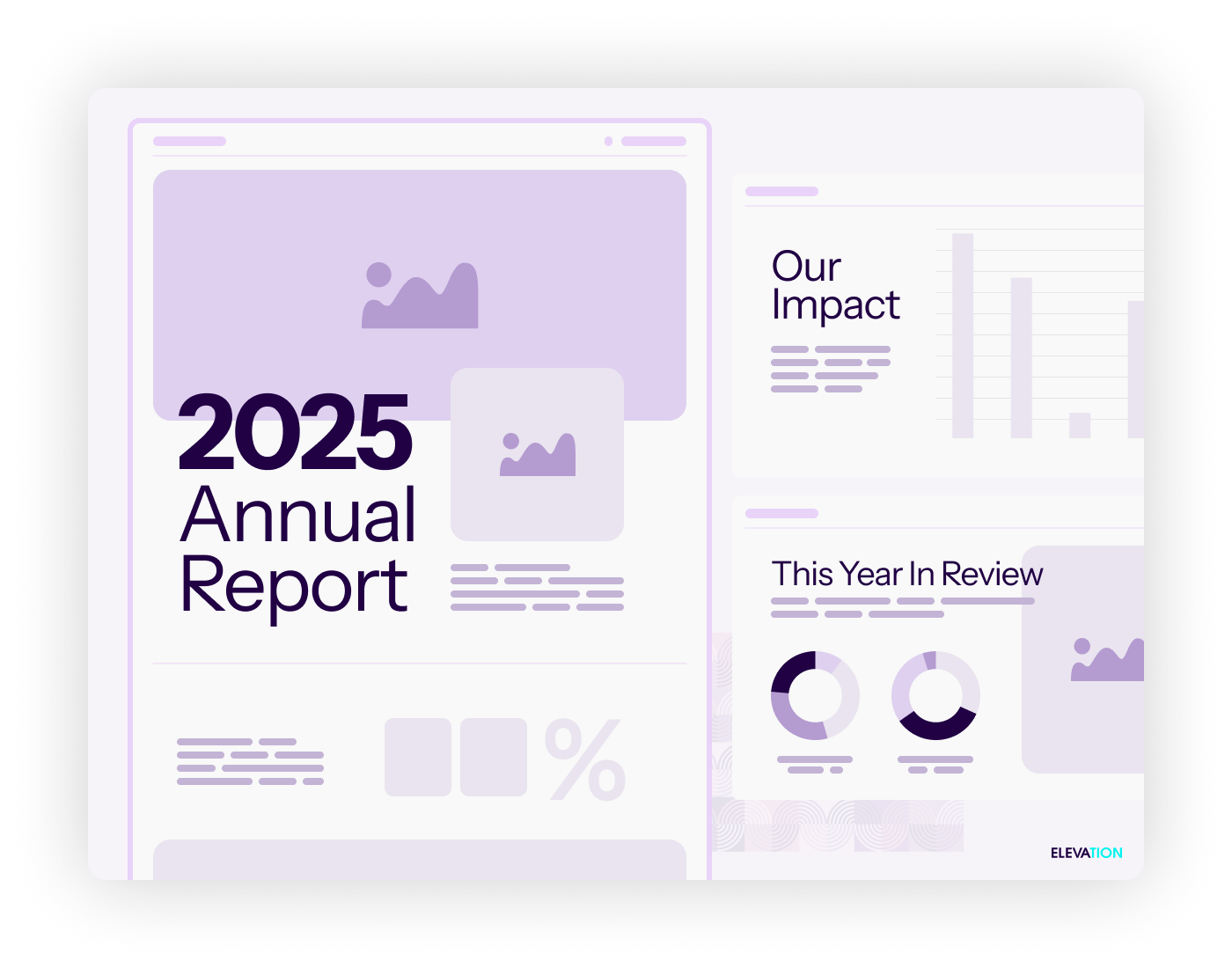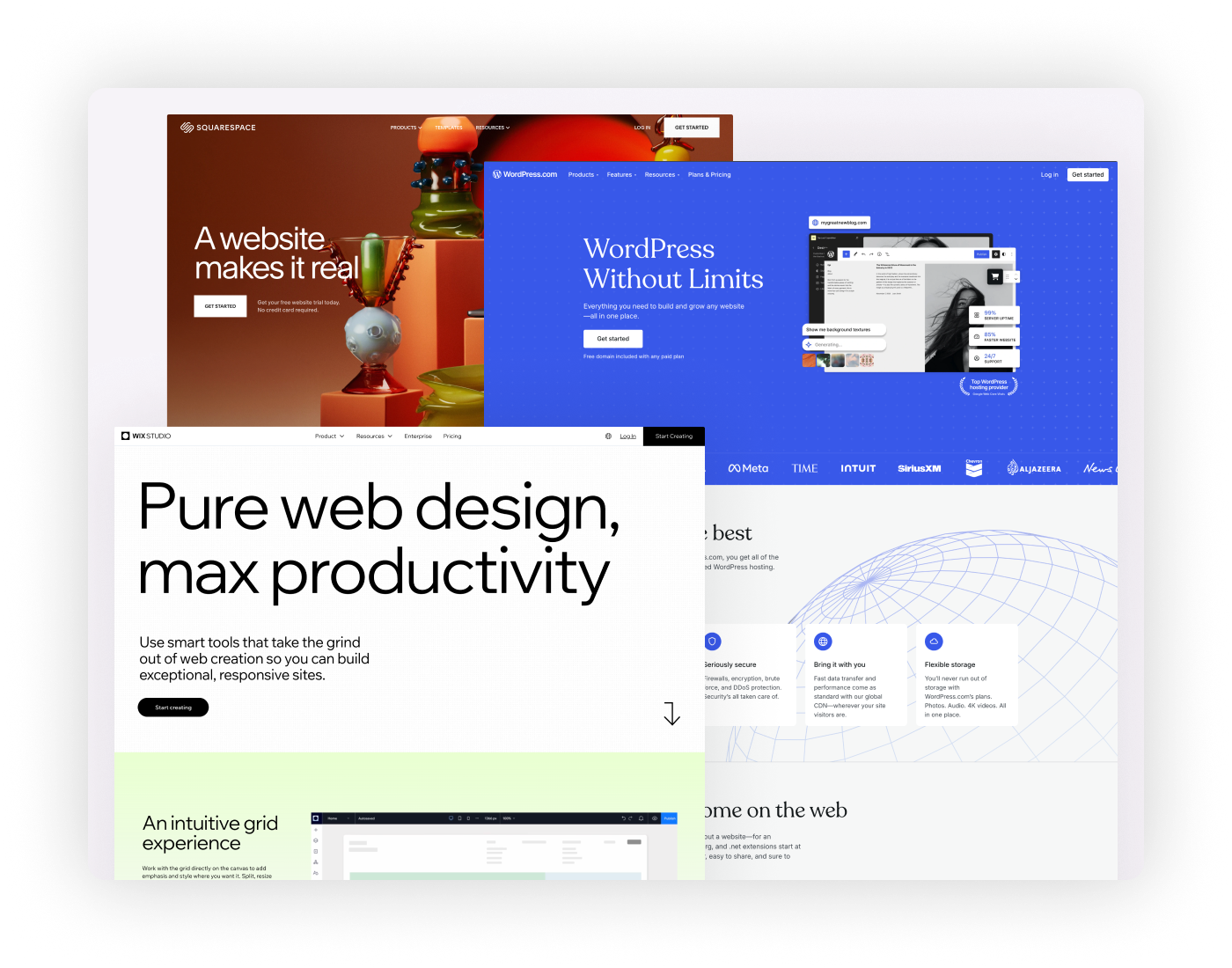Creating great content is essential to the success of every nonprofit. Well-crafted content is the vehicle through which you tell the story of your organization. And it’s the medium that provides a battle cry to drive donors, staff and other constituents in the same direction. It helps connect the hearts and minds of your constituents to the “why” of your cause.
An effective, sustainable nonprofit content strategy also provides a mechanism to connect your donors and volunteers to the front-lines of your cause on an ongoing basis. Modern donors don’t want to give to a faceless institution or to a “program” segment on a pie graph. They want to be implicated in a story bigger than themselves – and they want to feel truly connected to the actual work of the organization. Your organization’s stories and stats from the field (read: content) help create that real, relational link between your donors and the work you are doing.
That said, the process of ongoing content creation can seem daunting to a nonprofit. Many nonprofits are understaffed – and new money is often reserved to pay for program (or new fundraising initiatives). As a result, storytelling and content creation are constantly deprioritized. And when nonprofit content strategy comes up in staff meetings it often seems like such a huge undertaking that it gets habitually shelved in favor of higher priority initiatives.
So, as a modern nonprofit, how do we solve the problem of consistent storytelling through content? How do we create the time and staff needed to provide valuable updates to our constituents? And how do we make sure that we’re using our limited time and resources to create the most impactful content assets?
That’s where agile content planning comes in. The idea of Agile planning comes from the world of software development. Agile planning represents a set of project management practices that helps teams break work into small, measurable chunks which get delivered every few weeks (called “Sprints” in Agile). For more general information on applying Agile at nonprofits you can check out my original blog on Agile at Nonprofits.
So what does a software-inspired project management methodology have to do with content creation? Great question! Agile helps accelerate your content strategy in a few key ways including
- Helping you break down the massive elephant of content strategy in bite sized chunks.
- Giving ownership of content to your most talented team members.
- Providing high accountability and proper prioritization of content related tasks.
- Making sure all new content is focused on a specific persona (end user) and has quantifiable results/goals.
The remainder of this blog lays out my recommended steps for building a great content machine using agile principles. These steps don’t provide a full description of Agile planning – but they should help give you some practical handles for quickly adding value to your organization
Step 1 : Talent and Team Buy In
Before launching your new agile content initiative you’ll need to identify the top 2-3 copy writers and story tellers at your organization. Don’t focus on marketing/communications staff members only. Look for great writers on the program side of your organization – or even on your nonprofit fundraising team. Next you’ll want to get permission from their respective superiors to allocate 3-4 hours a week of their time for content creation. I know this can be a hard ask so it may help to position Agile as a “3 month trial” while you prove out the new model. Finally, you’ll need to make sure your digital and direct marketing teams are aware of the great new content coming their way and they have a way to quickly integrate your new content assets.
Step 2 : Schedule Bi-weekly “Sprints”
Find 1 hour every two weeks to plan your content deliverables. You’ll want every content creator in room to participate in the process. The first 30 minutes of this meeting should be spent reviewing content deliverables from the previous 2 week Sprint. The final 30 minutes should be spent create clear deliverables for the next 2 week sprint (these tasks, sometimes called “stories”, can be stored in Excel). A deliverables should be short and well-defined. They should also have a clear owner and time estimate (e.g. “Write chapter 2 of ebook on malaria (Chp Title : Understanding the Causes of Malaria)” – Owner, Story – Estimate, 3.5 hours). It’s common practice to write the stories on Post-It notes using a Sharpie and then stick them to the wall during planning. This practice helps easily visualize the work and it forces you to keep your stories short and simple.
Step 3 : Identify Content Target and Goals
Before creating any new asset you should clearly define the person who benefits from the content – and what the content is expected to accomplish. For example:
- Target : New donors in last year
- Purpose : Educate on malaria in prep for 2nd or 3rd gift
- Goal : read by 300 donors a month via blog, digest email, or new donor welcome series
During one Sprint planning meeting a month you’ll want to schedule extra time to review your actual results vs your goals – and then make iterative changes to content. One of the biggest mistakes nonprofits make is never revisiting and refining content based on actual results or user feedback.
If you have Google analytics code on your blog, you should be able to dive into the data to see what your top performing blog articles are. On the left-hand side bar of analytics, navigate to Behavior>Site Content>All Pages and make sure your date is set to the month of the blogs you want to track. You should be able to see your top performing pages. Makes sure you pay special attention to bounce and time on page as those are KPI’s on if your blog is answering their burning questions.
I’m a big believer that this simple process has the power to dramatically increase both the quantity and quality of your content output with a minimum amount of additional resources. It also allows your team to quickly measure and adjust your content strategy as you go, rather than getting stuck in the “paralysis by analysis” of creating a complex, new content strategy in a vacuum.
Give it a try and let us know how it’s working. And for more information on gaining efficiency at your nonprofit don’t forget to check out our blog series on Agile.




